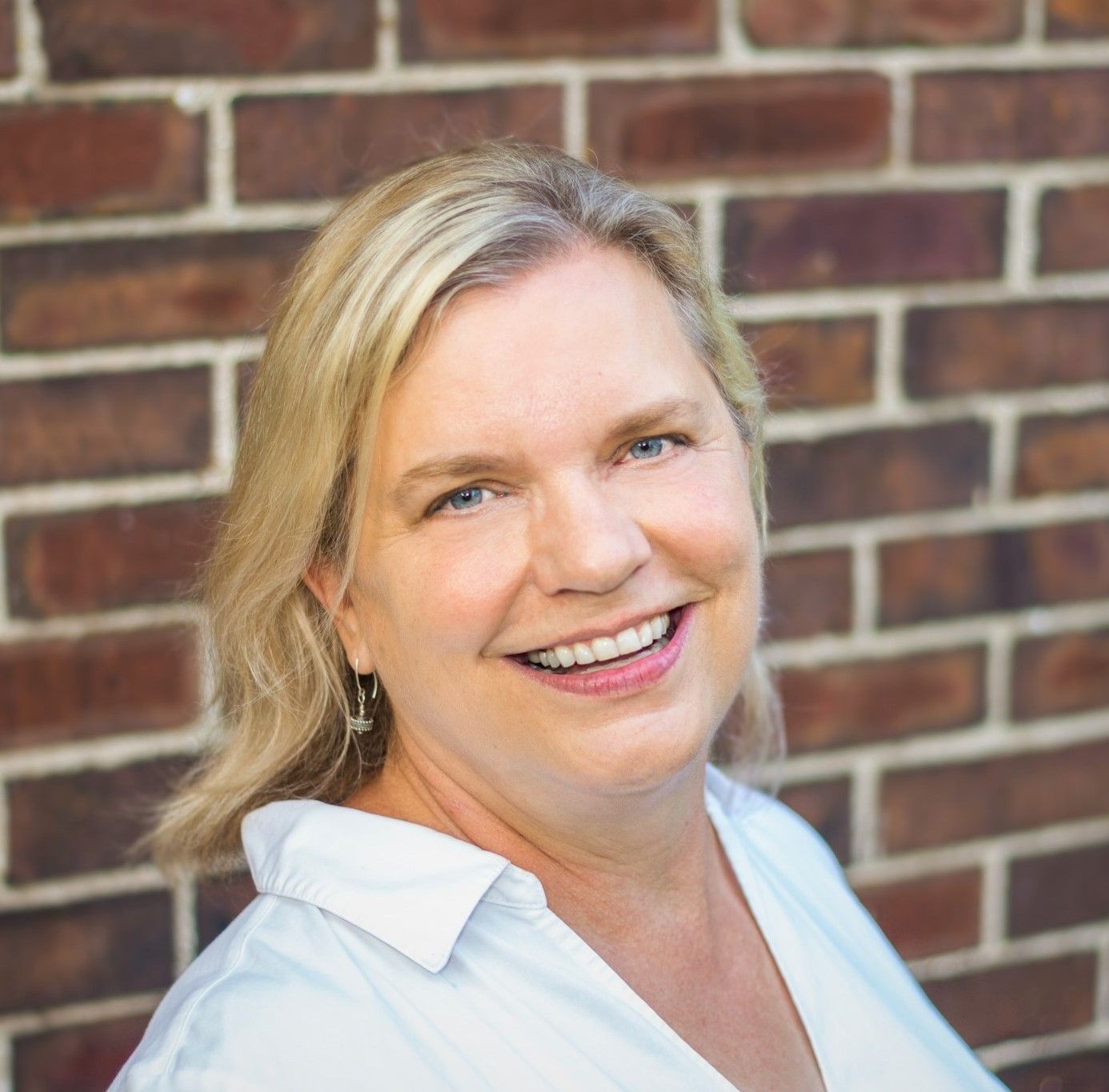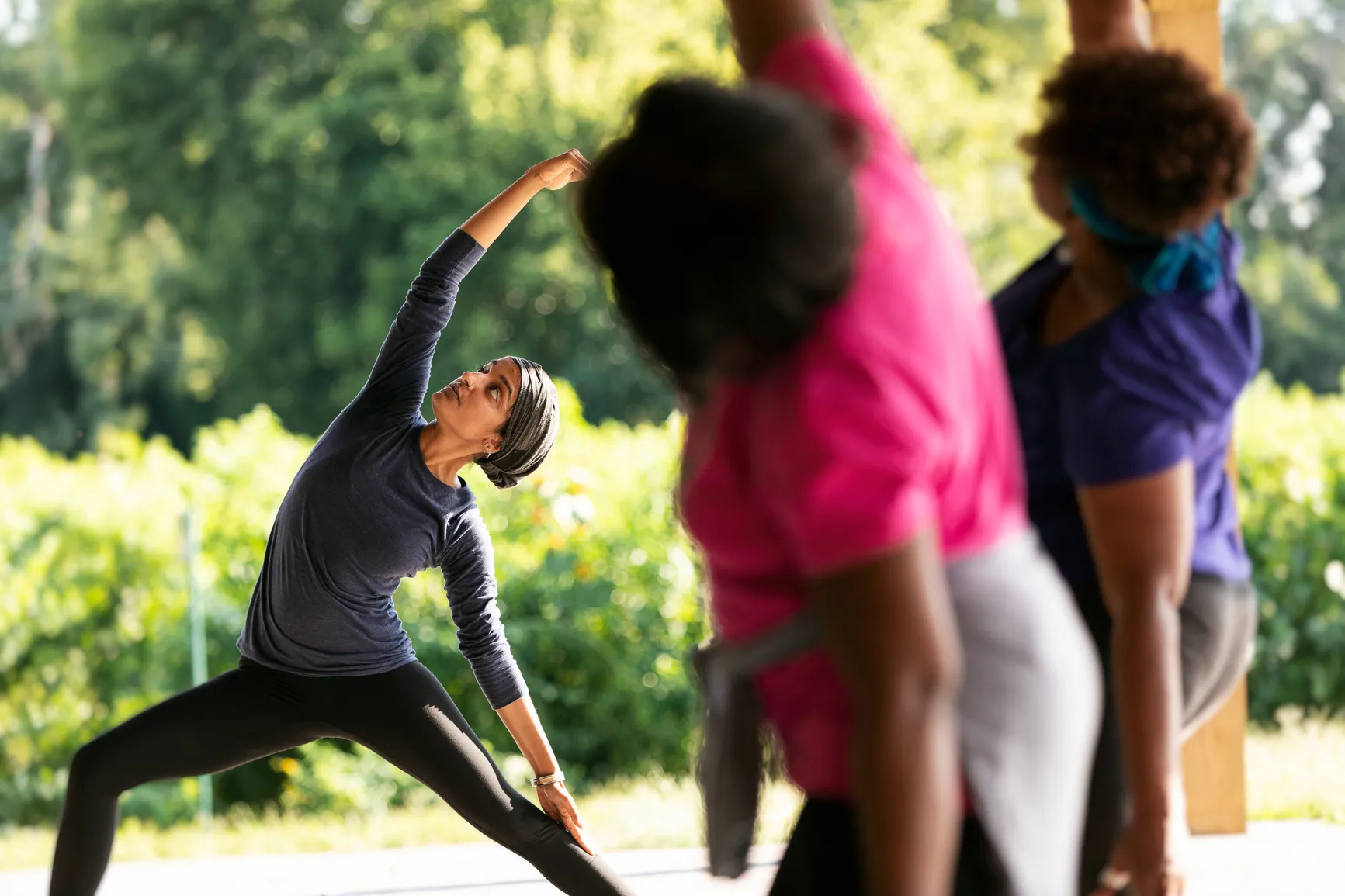Practicing a style of yoga that fits your needs can unlock powerful mental health benefits. Not sure which type is right for you? Here’s a guide to three popular yoga styles: hatha, kundalini, and vinyasa.
During challenging times, having a yoga practice can be a powerful antidote to stress. With roots in ancient India, yoga has been practiced for centuries as a means of strengthening both mind and body through mindful movements. In addition to yoga’s many physical benefits such as toning your muscles and improving your balance, research has shown that yoga offers a range of mental health benefits, from soothing anxiety to boosting your brain power, according to the National Institutes of Health.
Whether you are a curious newbie or an established yogi wanting to mix up your routine, how do you know which styles of yoga might be a good fit? Today, yoga’s popularity in the West has resulted in an alphabet soup of yoga styles from ashtanga to yin, so DailyOM asked yoga experts to explain the differences between three popular styles of yoga: hatha, kundalini, and vinyasa.
Keep in mind that the best yoga style for you is highly personal, says Juliana Mitchell, a yoga instructor and founder of Living Now Yoga in New York City. It can depend on your goals and level of fitness. It may be helpful to try out a few yoga classes to see which clicks for you, she tells DailyOM. “I think of the different types of yoga like doors leading to the same castle. It is just a matter of which door is most inviting to you.”
What Is Hatha Yoga?
“In Sanskrit, the term hatha means ‘sun and moon.’ It stands for the union or balance of masculine and feminine energies,” says Kim Trimmer, a yoga teacher whom DailyOM spoke with for this story. Trimmer, founder of InsideOut Yoga in Seattle, explains that traditionally, hatha yoga was an umbrella term for all types of yoga that include physical movements and breathing exercises. “But today, hatha yoga is commonly understood to refer to a gentler form with a slower pace and a more meditative experience. It is a form that can be a good start for beginners,” she says.
“Think of the different types of yoga like doors leading to the same castle. It is just a matter of which door is most inviting to you.”
A hatha yoga session may be what you immediately picture when someone says “yoga class.” You will practice well-known yoga poses like Cobra and Mountain poses. You might hold onto a yoga pose for several minutes to allow yourself to fully relax into it. Props such as blocks can help you achieve a position or modify it if you have physical issues such as arthritis. A teacher might offer hands-on help to guide you in achieving a pose. A session will typically include breathwork and meditation components as well. “When I am teaching a yoga class, I might encourage my students to notice how their feet feel on the floor, for example,” says Trimmer. “Doing so helps occupy your mind and bring you into the here and now.”
Feel-Better Benefits:
Heidi Kristoffer, a yoga teacher and founder of CrossFlow Yoga, tells DailyOM that practicing hatha yoga can increase your lung capacity: “That allows for deeper breathing, which actually calms your nervous system and reduces anxiety.” Indeed, a 2018 study in the International Journal of Preventive Medicine found hatha yoga to be effective in reducing stress, anxiety, and depression in women.
What Is Kundalini Yoga?
All yoga can offer spiritual benefits, agree our experts. Kundalini yoga, however, makes spiritual growth its explicit goal. “Kundalini is known as the yoga of awareness,” Tara Schulenberg, a kundalini teacher and cofounder of the spiritual and wellness hub Elevate the Globe, tells DailyOM. “It fosters an awareness of the self. You are initiated into deeper levels of your own psyche.”
Kundalini’s teachings hold that we all possess coiled energy that sits at the base of the spine. Through movement, breathing exercises, mantras, and chanting, we can work to unblock this kundalini energy, allowing it to pass through our body’s seven chakras. The result of the energy’s movement can be powerful insight and growth, says Britt Deanda, also a cofounder of Elevate the Globe. Deanda tells DailyOM, “During practice, you might suddenly experience an aha! about a decision you have been struggling with. You get unstuck.”
A kundalini yoga class will be centered around one or more kriyas. Think of a kriya as a sort of lesson plan — a specific sequence that can combine movement, breathwork, mantras, and chanting in combinations designed to achieve a certain goal, such as easing heartbreak or improving digestion. Kriyas vary greatly: You might spend most of one class lying with your eyes closed doing breathing exercises; in another, you might do dozens of squats in a row (it is believed repetition can help move energy and allow you to better access your subconscious mind and change its patterning). The results of doing kundalini yoga can be powerful. “It can feel like getting on a rocket ship,” says Schulenberg. With its emphasis on energy, chakras, and spirituality, a kundalini class may not be the best fit if you are simply looking to strengthen your balance or are seeking a predictable sweat session.
Feel-Better Benefits:
Kundalini yoga practitioners describe experiencing feelings of release and insight. A 2021 study found that kundalini yoga eased insomnia better than being coached in standard sleep hygiene practices. Another 2021 study found kundalini yoga was an effective treatment for generalized anxiety disorder.
Interested in learning more? Check out 5-Week Kundalini Yoga for Chakras
What Is Vinyasa Yoga?
Vinyasa is a dynamic style of yoga that can give you a heart-pumping workout. A vinyasa yoga session will typically include many of the same physical poses found in hatha yoga classes.
However, in vinyasa they are linked one after the other to create a flowing and fast-paced sequence. You might move immediately from a plank pose to Upward-Facing Dog to Downward-Facing Dog, for example. Yoga breathing is synchronized with movement. “In general, when you are doing a move that opens up the front of the body, you inhale. When you are closing the front of the body, you exhale,” says Trimmer. Syncing your breathing in this way can help get your mind and body in harmony.
Because vinyasa typically moves at a faster pace, it can be helpful to have some background in yoga so you understand the basic postures, Kristoffer explains. (That way, you won’t be scrambling to figure out where to put your right foot while the rest of the class has moved on to the next pose.) Also, if you are an athlete already, vinyasa may be the perfect fit for you. “You may take to the challenge right away and be bored by a slower form like hatha,” says Kristoffer.
Feel-Better Benefits:
Like in any sweat session, you can expect a surge in endorphins, or “feel-good chemicals,” and a lowering of the stress hormone cortisol, says Kristoffer. A 2017 study found that an eight-week course of vinyasa yoga relieved stress and improved psychological well-being in a group of young adults.
Hatha, Kundalini, or Vinyasa: Which Is Right for You?
Regardless of the yoga style you gravitate to — whether you’re looking for the gentle, slow approach of a hatha yoga session that suits a range of abilities, including beginners; the spiritual emphasis one receives from a kundalini yoga class; or the higher intensity of an active vinyasa yoga class for a more heart-pumping workout — look for a yoga class environment that feels supportive and welcoming so you will feel good about continuing your practice.
After all, Trimmer reminds us, yoga is not about achieving a certain pose. “In the end, yoga is about connecting to your body and being kind to yourself.”
Take the Course: Yoga Stretches for Beginners

